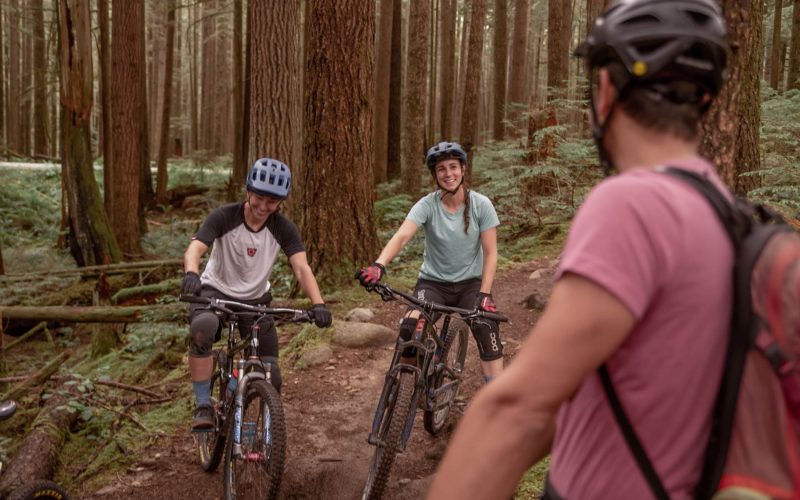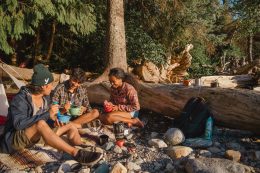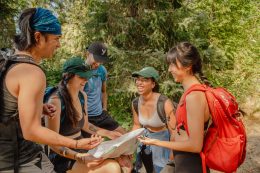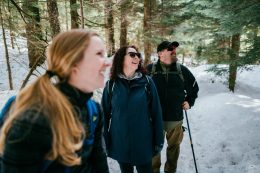Tracking Peak Season Booking Windows in Outdoor Adventures
Peak Season = Last Minute Booking
Summer 2022 purchase behaviour, and what it means for small-scale adventure tourism operators
As travel has been steadily returning in the wake of COVID, the tourism industry has been closely monitoring how customer behaviour has shifted. When it comes to the adventure tourism sector, Yervana has been reviewing real time booking data to understand how far in advance customers are committing to booking their activities on upcoming trips.
In the peak summer months of July and August, high season for popular outdoor adventures such as canyoning, rafting, climbing, and caving, a clear trend emerged in our purchase behaviour data. In July and August 2022, the lead time prior to booking an outdoor adventure was, on average, seven and six days, respectively. This is a far cry from the average 28 day booking window seen in April, or the average 21 day booking window seen in May. Additionally, it points to a much shorter lead time than 2021, where the booking windows in July and August were, on average, 11 and 12 days respectively.
Image: Maegan Matthews
This is echoed in data trends throughout the tourism industry, with Arival Travel reporting that more than half of all travelers – 57% – are planning their tours within a week of the tour itself. The booking window year on year is evidently shrinking – especially during peak season. As we move into autumn and toward the peak winter outdoor activity months of December through February, adequate preparation is key.
What does this mean for small-scale tourism operators? In essence, you must be prepared for bookings right up to the last minute. We’ve compiled three tips to adjust to the changing landscape:
Tips to Navigate a Small Booking Window in Peak Season
- It is crucial that your inventory is easily accessible online, readily available early in the season, and you’re able to respond quickly to queries and booking requests. Without these elements set up in advance, it will be challenging to garner bookings that pop up within a couple days of the adventure.
- You must be able to accommodate last minute bookings. If you need time to prepare for an upcoming booking, be sure to use a booking cut-off of 1-2 days. Consider allowing request-based bookings if you have the ability to turn a booking around in 24 hours.
- Though it’s tempting to offer last minute discounts to fill spots, be patient. Bear in mind that the majority of travelers during peak season will book within the last week, so resist the temptation for last minute offers. Instead, consider early-season incentives.
We’ve built our platform to support local entrepreneurs and small to medium-sized businesses in the adventure tourism industry. We not only provide an instant marketplace, but give users the ability to market and manage their bookings, enabling them to improve their digital marketing and e-commerce capabilities. It’s an easy and intuitive way for our guides to operate online, by bypassing technical, operational, and financial barriers. It also gives them the tools they need to effectively navigate the changing landscape of tourism in 2022 and beyond.
If you’re looking to introduce online bookings to your business, reach out to find out how Yervana’s website and booking widget can support your operations. Both of these options allow for instant bookings on both desktop and mobile, enabling customers to see availability in real time and book when it suits them. Reach out to support@yervana.com for a demo!






